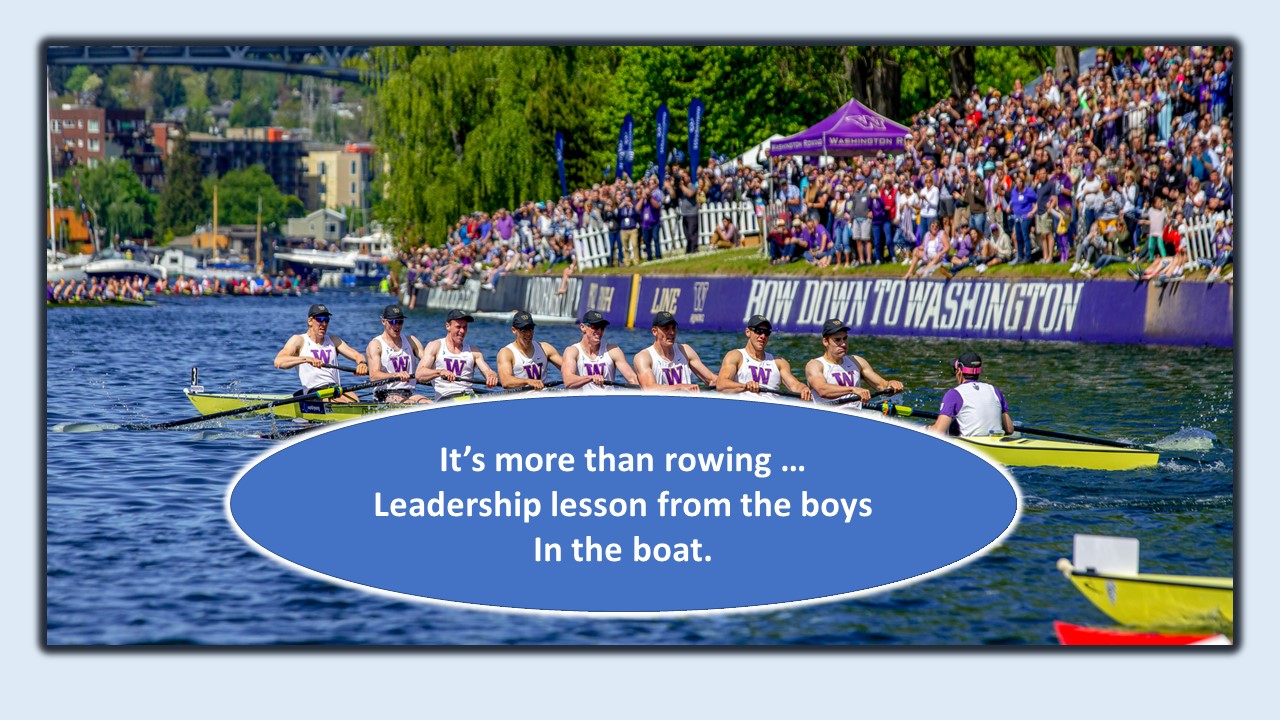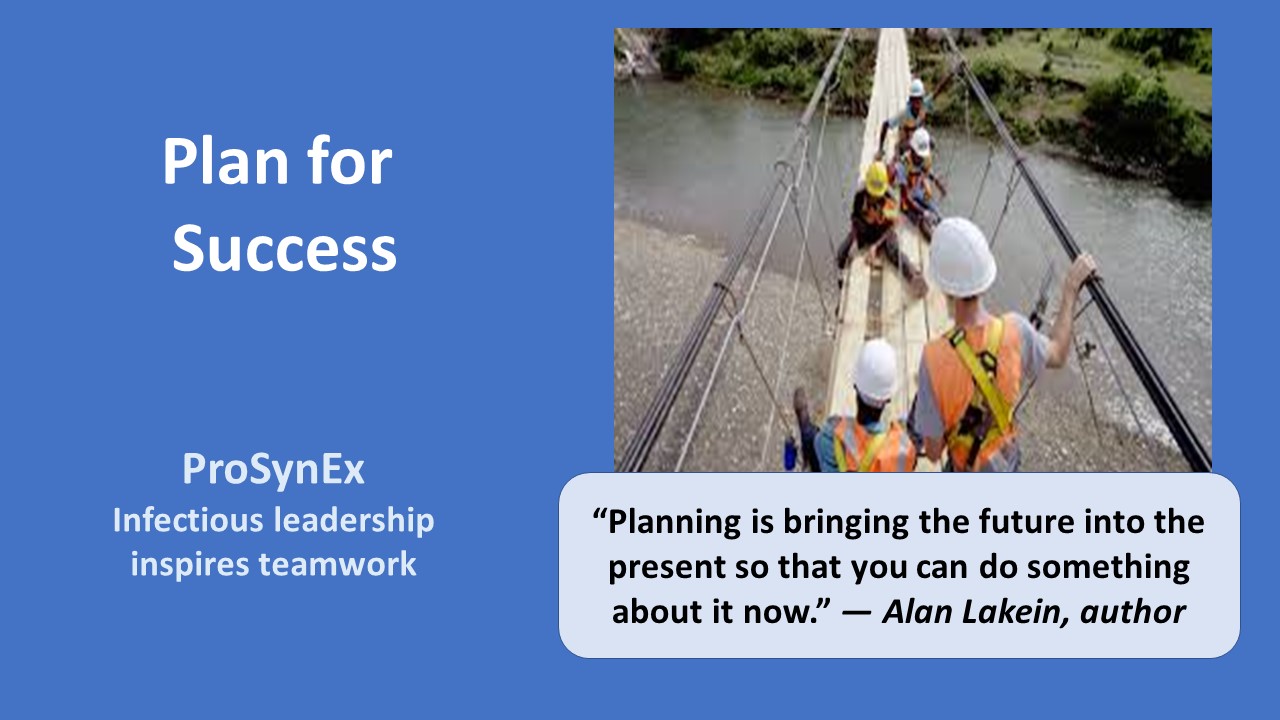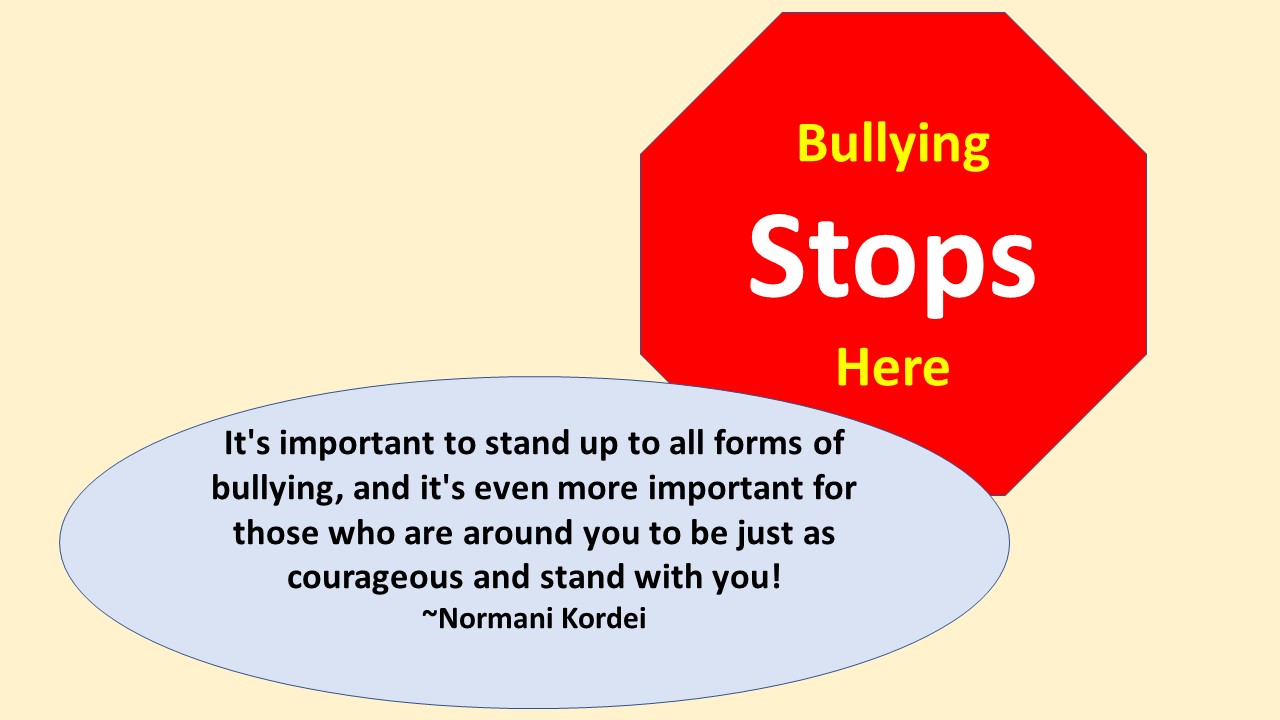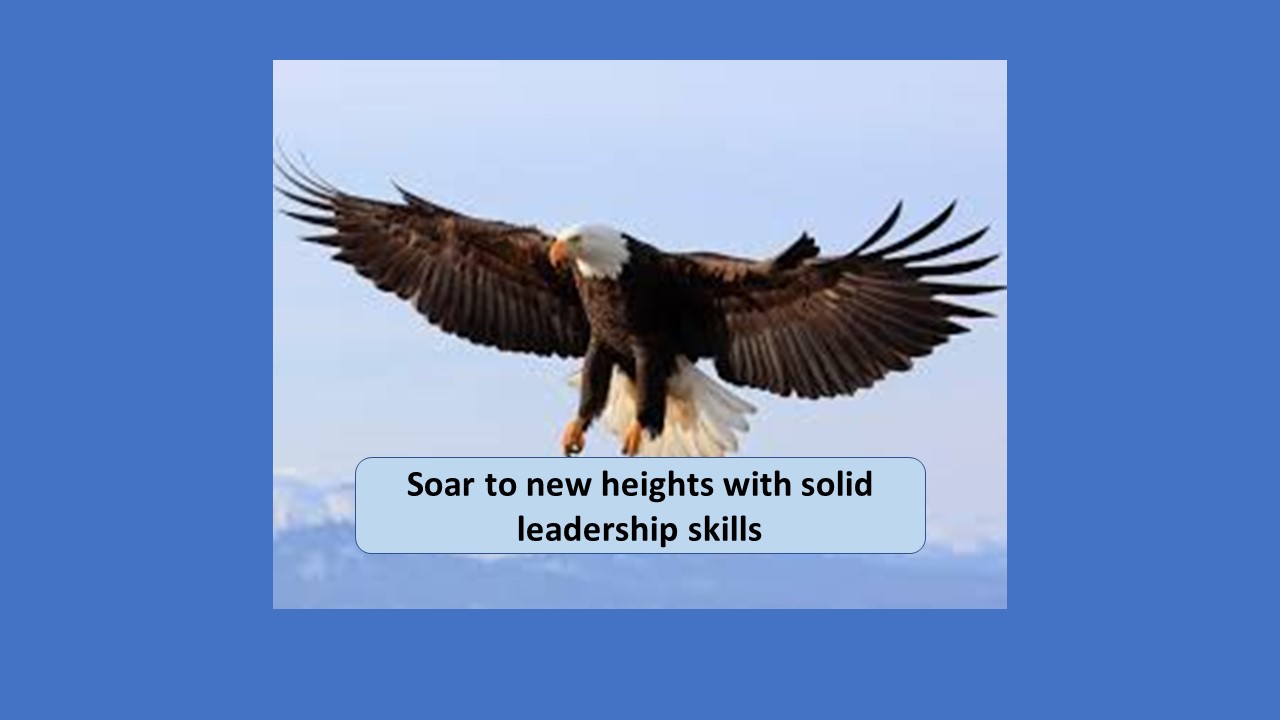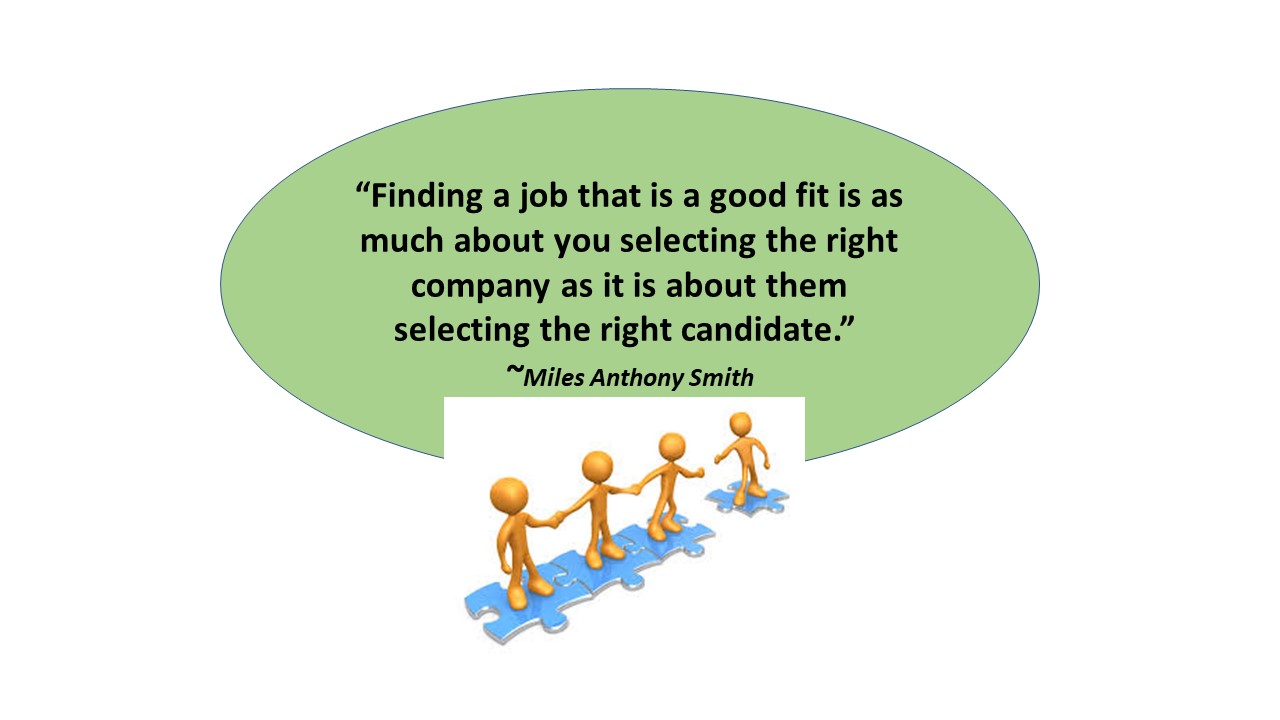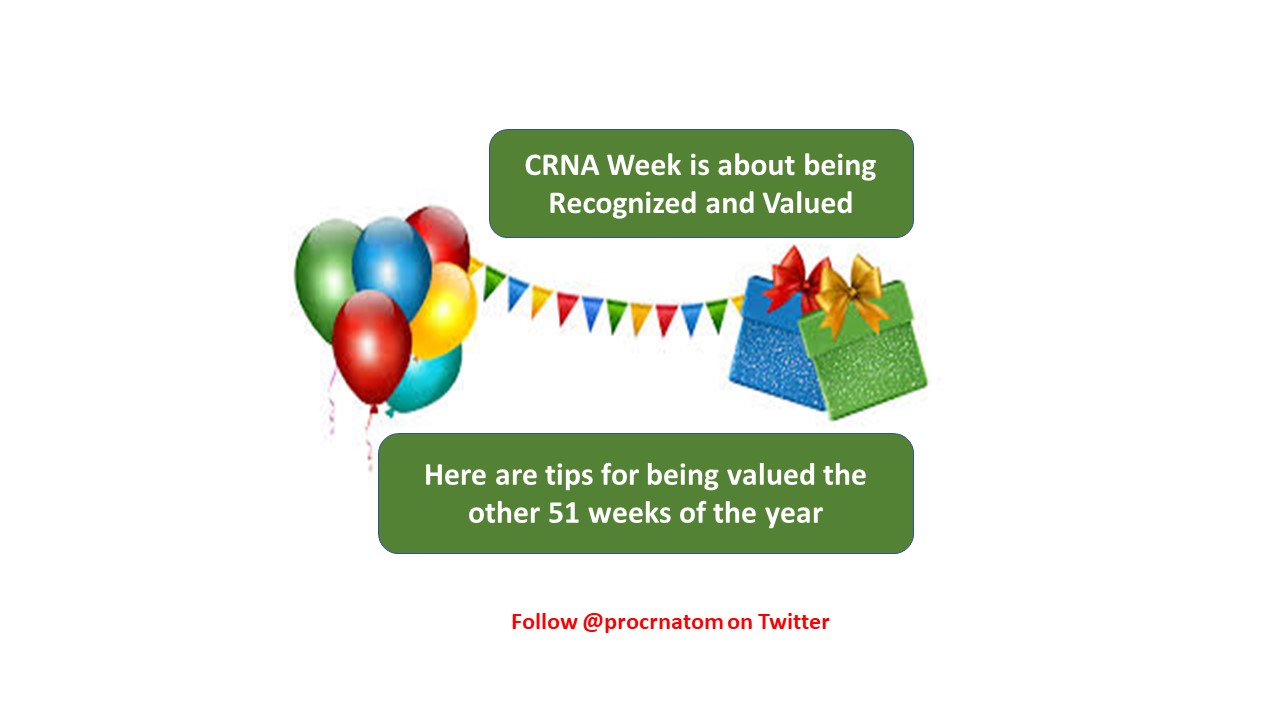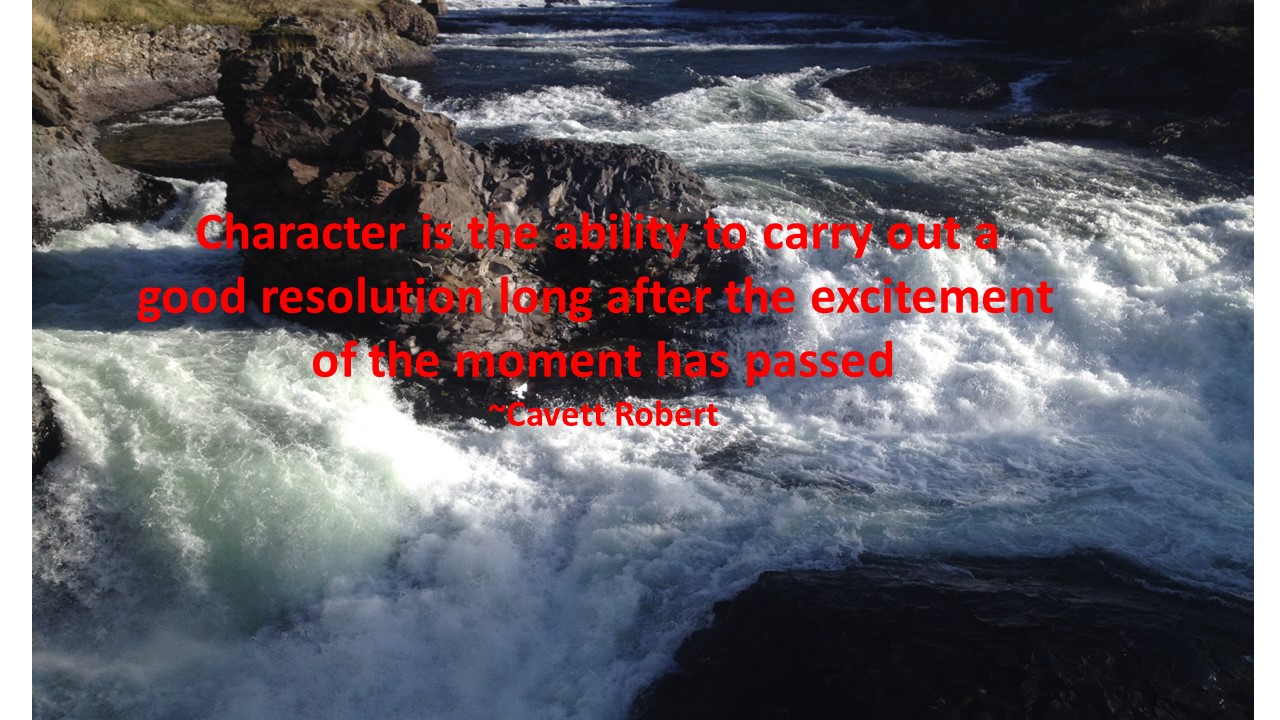By Thomas Davis, DNAP, MAE, CRNA
The leader is often a dynamic person who guides a frontline team to the completion of a task or goal. In the traditional scenario, the boss is in a position of authority over the workers, and both know their position on the chain of command. Breaking the traditional hierarchy of leadership, in 1992 coach Chuck Daly found himself with a unique challenge as the coach of the first US Olympic men’s basketball dream team. Without doubt, every player on the team was a super star in his own right, now it was the job of the coach to unite the individual leaders into a cohesive team.
In the workplace, as frontline leader climbs the chain of command, they may find themselves in a position where, like Coach Daly, they are leading a team of leaders. Although basic leadership principles form the foundation for working with the team, modifications in leadership style are required when leading a group of leaders.
Writing in the Ivey Business journal, author Jeswald Salacuse notes that leadership is hard work and can be even more challenging when directing a group of leaders. Jeswald notes that success arises from building a trusting relationship with everyone on the team. Frequent, one on one interaction while keeping an open mind and using transparent communication is essential for success at all levels of leadership and especially important when leading leaders.
An online article by Ken Jacobs offers tips for leading leaders and agrees with other authors that it is important to develop a personal relationship with each member of the team and then learn the strengths that each person brings to the group. A heavy-handed, micromanaging approach must be avoided when leading leaders, rather, the best results are obtained by ensuring that opinions of each person are both welcomed and used to strengthen the decisions of the group. It is the role of the designated leader to set goals and then empower the others to discover creative solutions and attain the goal. Believing in the talents of others and resisting the temptation to interfere is essential when leading groups of leaders.
Angela Mund DNP, CRNA, is president elect of the AANA will begin her year as president in August of 2022. Despite her decades of experience as an anesthetist, educator, and leader, she will face new challenges leading a “dream team” board of directors who are each recognized leaders and independently elected to the board. Her success as the president of the organization will require a leadership style based on trust, collaboration, and recognition of the talents that everyone brings to the group.
I recently had the privilege of recording a podcast with Dr. Mund and discussed the challenges that she will face in the upcoming year. In our dialogue, she noted the importance of the leader going to the front and showing way rather than directing from behind. Intending to base her interactions with the board on an inclusive leadership style, Dr. Munds said that she always enters a meeting with the willingness to be influenced and listens carefully to the points made by others. In her year as president elect, Angela has had the opportunity to learn the personalities of others who will serve on the board of directors and welcomes the unique perspective that each brings to the table. She noted that encouraging individual opinions and playing to the strengths of each person will be components of her approach to working with the board of directors.
Click here and listen to Dr. Mund’s podcast
Leadership is a full-time job that is dynamic, especially when you are leading a team of leaders. Coach Daly did not have to teach NBA all-stars how to play basketball, rather, he was tasked with bringing them together as a cohesive team. Likewise, Dr. Mund is tasked with uniting a team of proven leaders and creating a group committed to the common good of the organization. Using emotional intelligence, listening skills, ongoing learning, and encouraging individual creativity, Dr. Mund will position the board of directors to follow the path of the dream team and bring home the gold for AANA.
Enjoy Dr. Mund on the prosynex frontline leader podcast
Tom is an experienced leader, educator, author, and requested speaker. Click here for a video introduction to Tom’s talk topics.

